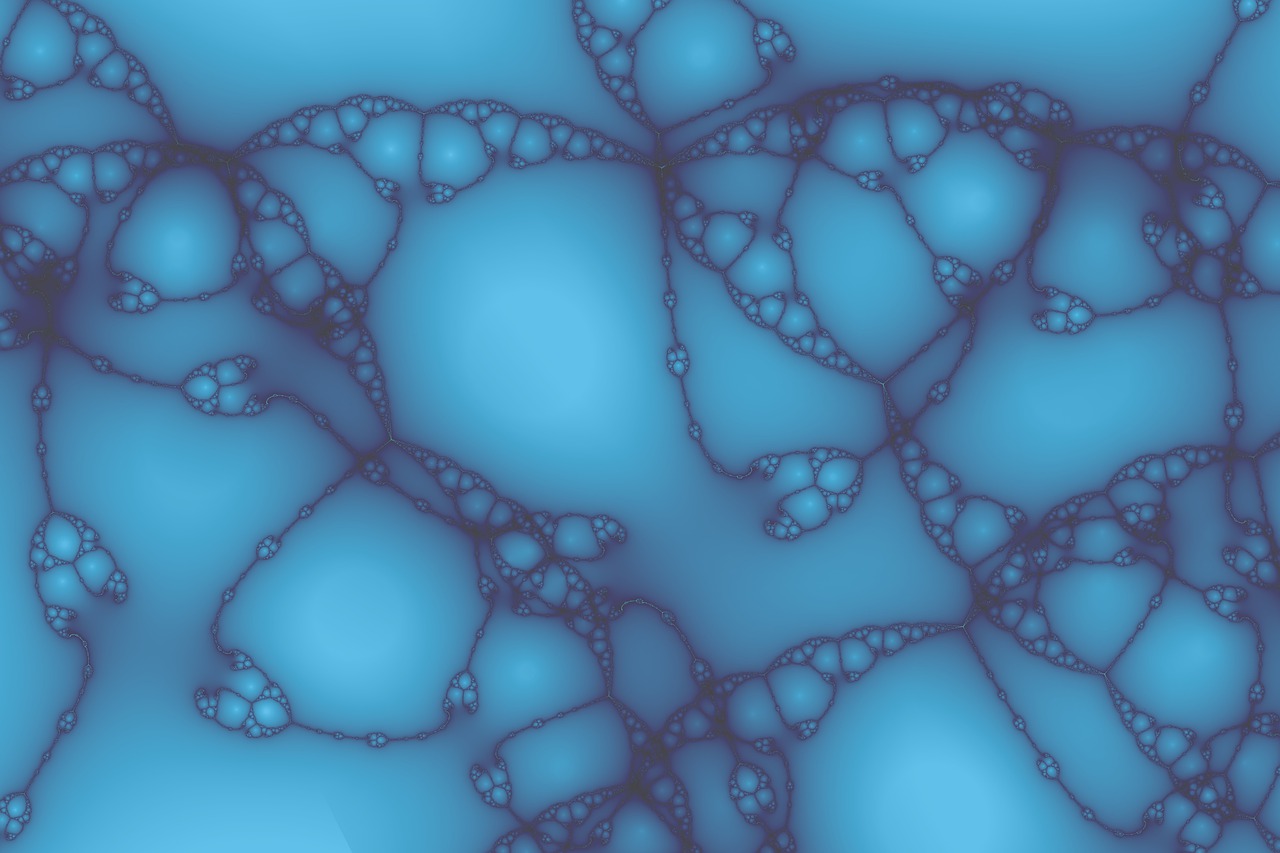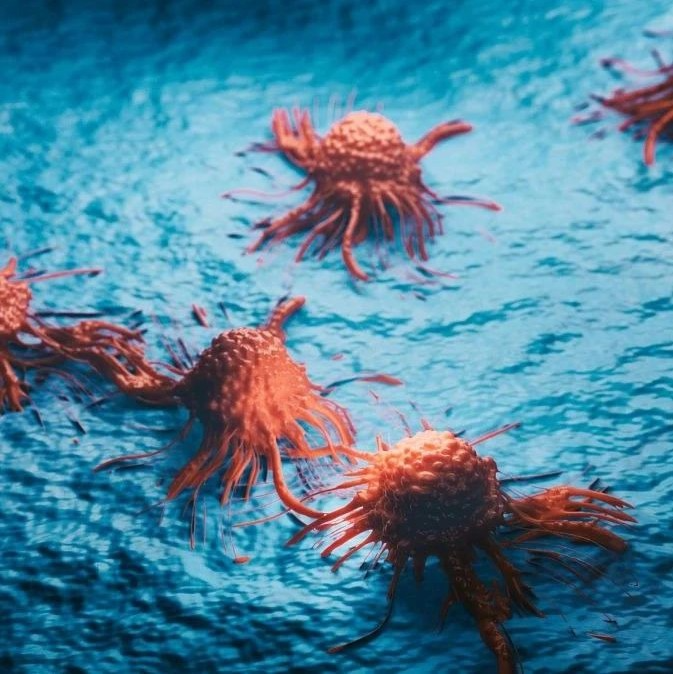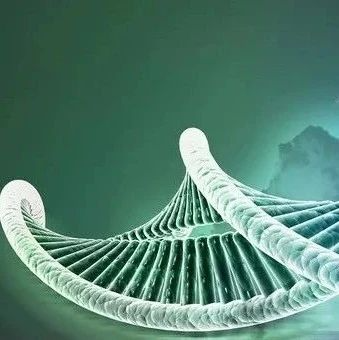在国家973计划的持续支持下,以西南大学夏庆友教授为首席科学家的研究团队,继完成家蚕基因组框架图、精细图和重测序之后,紧紧围绕家蚕关键品质性状开展深入研究,并积极探索分子育种的关键技术,取得了新的重要进展。
西南大学研究团队介绍,家蚕翅原基变态发育的研究取得突破。首次发现与胚胎早期发育相关的核转录因子ABmAbd-A也参与了虫蛹变态发育过程的调控,表明在虫蛹变态过程中,成虫器官的发育与早期胚胎发育存在一定的相似性。研究提出了BmWCPs基因表达的激素调控模型,为深入了解昆虫变态发育和翅膀形成的激素调控作用提供了一个新的视野,并为实现长蛹期家蚕新品种培育、提高蚕丝品质的应用提供了理论基础和技术指导。该研究成果被《美国国家科学院院刊》刊发。

西南大学绘制完成的家蚕基因组精细图谱
成功实现家蚕基因组编辑。项目开展了基于锌指核酸酶(ZFN)和类转录激活因子核酸酶(TALEN)的基因组编辑技术体系的构建研究,并在此基础上对具有重要研究和经济价值的家蚕基因进行了敲除,制备了一系列具有重要价值的家蚕突变体。研究结果已发表在PLoSOne杂志。
转基因抗病素材取得重要进展。利用转基因技术,通过增量表达内源抗性基因、外源抗性基因和干涉病毒基因来提高家蚕对BmNPV病毒的抗性。抗性检测结果表明,这4种方法都可以使家蚕的死亡率降低30%左右。在此基础上,对家蚕转基因抗病毒策略进行了优化和改进,构建了一个同时干涉多个病毒基因和增量表达抗性基因的转基因载体,显微注射实用品种“芙蓉”(目前生产上推广范围最大品种的母种之一)获得转基因系统。抗性检测结果表明,获得的重组转基因品系比非转基因品种的存活率提高了50%,这将有望成为全世界第一个高抗病毒的转基因动物。
据了解,从2003年开始,西南大学家蚕基因组研究团队先后绘制完成了世界首张家蚕基因组框架图、家蚕基因精细图、高精度遗传变异图谱,由此奠定了中国在家蚕基因组研究中的世界领先地位。

Homeodomain POU and Abd-A proteins regulate the transcription of pupal genes during metamorphosis of the silkworm, Bombyx mori
Deng H, Zhang J, Li Y, Zheng S, Liu L, Huang L, Xu WH, Palli SR, Feng Q.
A cascade of 20-hydroxyecdysone-mediated gene expression and repression initiates larva-to-pupa metamorphosis. We recently showed that two transcription factors, BmPOUM2 and BmβFTZ-F1, bind to the cis-regulatory elements in the promoter of the gene coding for cuticle protein, BmWCP4, and regulate its expression during Bombyx mori metamorphosis. Here we show that down-regulation of BmPOUM2 expression by RNA interference during the wandering stage resulted in failure to complete metamorphosis. The thorax epidermis of RNA interference-treated larvae became transparent, wing disc growth and differentiation were arrested, and the larvae failed to spin cocoons. Quantitative real-time PCR analysis showed that expression of the genes coding for pupal-specific wing cuticle proteins BmWCP1, BmWCP2, BmWCP3, BmWCP4, BmWCP5, BmWCP6, BmWCP8, and BmWCP9 were down-regulated in BmPOUM2 dsRNA-treated animals, whereas overexpression of BmPOUM2 protein increased the expression of BmWCP4, BmWCP5, BmWCP6, BmWCP7, and BmWCP8. Pull-down assays, far-Western blot, and electrophoretic mobility shift assay showed that the BmPOUM2 protein interacted with another homeodomain transcription factor, BmAbd-A, to induce the expression of BmWCP4. Immunohistochemical localization of BmPOUM2, BmAbd-A, and BmWCP4 proteins revealed that BmAbd-A and BmPOUM2 proteins are colocalized in the wing disc cell nuclei, whereas BmWCP4 protein is localized in the cytoplasm. Together these data suggest that BmPOUM2 interacts with the homeodomain transcription factor BmAbd-A and regulates the expression of BmWCP4 and probably other BmWCPs to complete the larva-to-pupa transformation. Although homeodomain proteins are known to regulate embryonic development, this study showed that these proteins also regulate metamorphosis.
文献链接:https://intl.pnas.org/content/early/2012/07/10/1203149109.full.pdf+html







